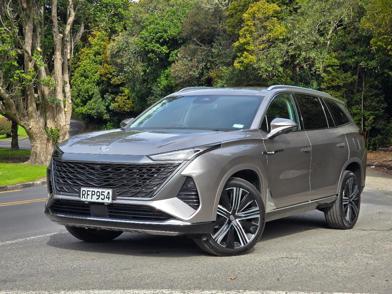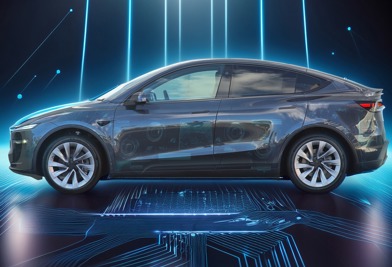The Honda e:N1 both is and isn’t an electric version of the HR-V compact-SUV. It is because it looks very similar, with many shared body panels, and at $52,000 it’s priced to sit above the HR-V Sport at an EV-appropriate premium of $6200.
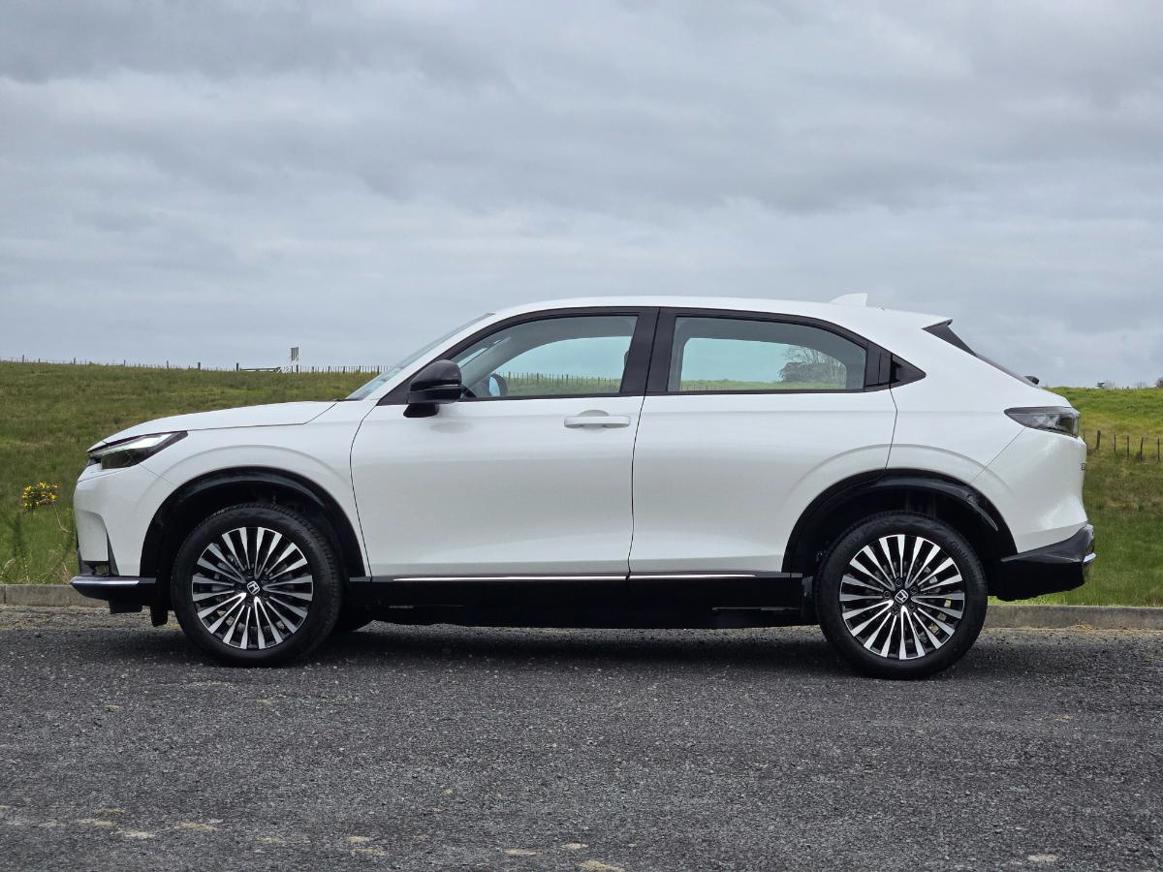
And yet, the e:N1 isn’t an HR-V underneath. Which is a good thing actually, because that means it’s not simply a modified version of an existing hybrid. It rides on an EV-specific platform.
It’s been a while getting here (launched globally in 2023), but e:N1 is Honda New Zealand’s first pure-electric model. Not Honda’s first, though: that would be the super-cute and quite expensive Honda e from 2020, which was never sold here, but does appear on Kiwi roads as a used import.
The e:N1 is a very different proposition to the Honda e; while the earlier model was design-led and unashamedly premium despite its diminutive size, the e:N1 is utterly mainstream in look and feel. It’s supposed to appeal to existing customers who might never have considered an EV before. Like, if you jump out of your HR-V into this, you’ll be sweet.
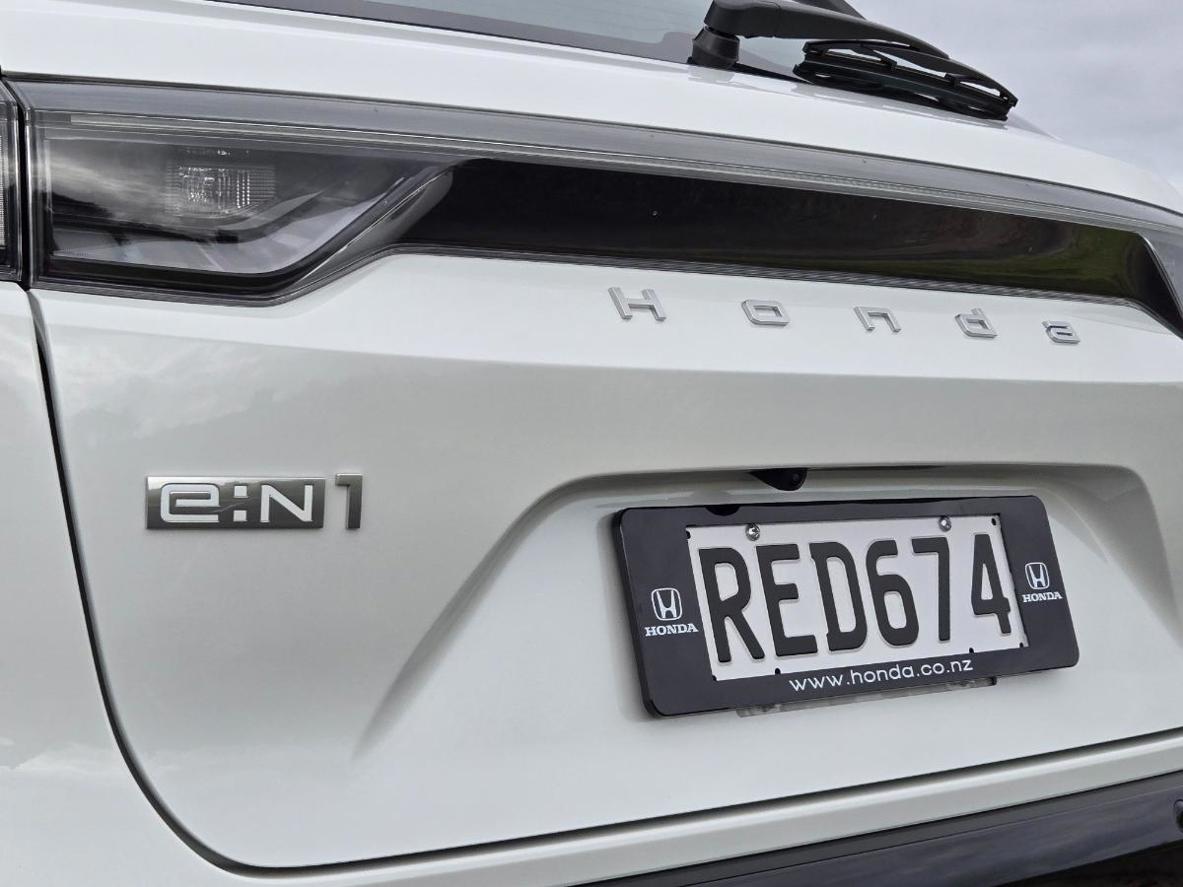
It was launched globally as “e:Ny1”, reportedly meaning it’s an “EV for anyone”, before Honda decided the name wasn’t as catchy as it first thought, and modified it for later export markets like ours.
The e:N1 is Honda New Zealand’s first pure-electric model. Not Honda’s first, though: that would be the super-cute and quite expensive Honda e.
The obvious styling changes compared to HR-V work well. There’s the obligatory flush front, which also happens to house the charging port on the Honda: you can release the panel via a pushbutton on the dashboard and the plug goes into the e:N1’s snout, with external blue lights indicating state-of-charge. Unlike some EVs with a similar arrangement, the cover feels pleasingly solid. It also acts as a sheild against the rain for the whole port area when raised; nice touch.
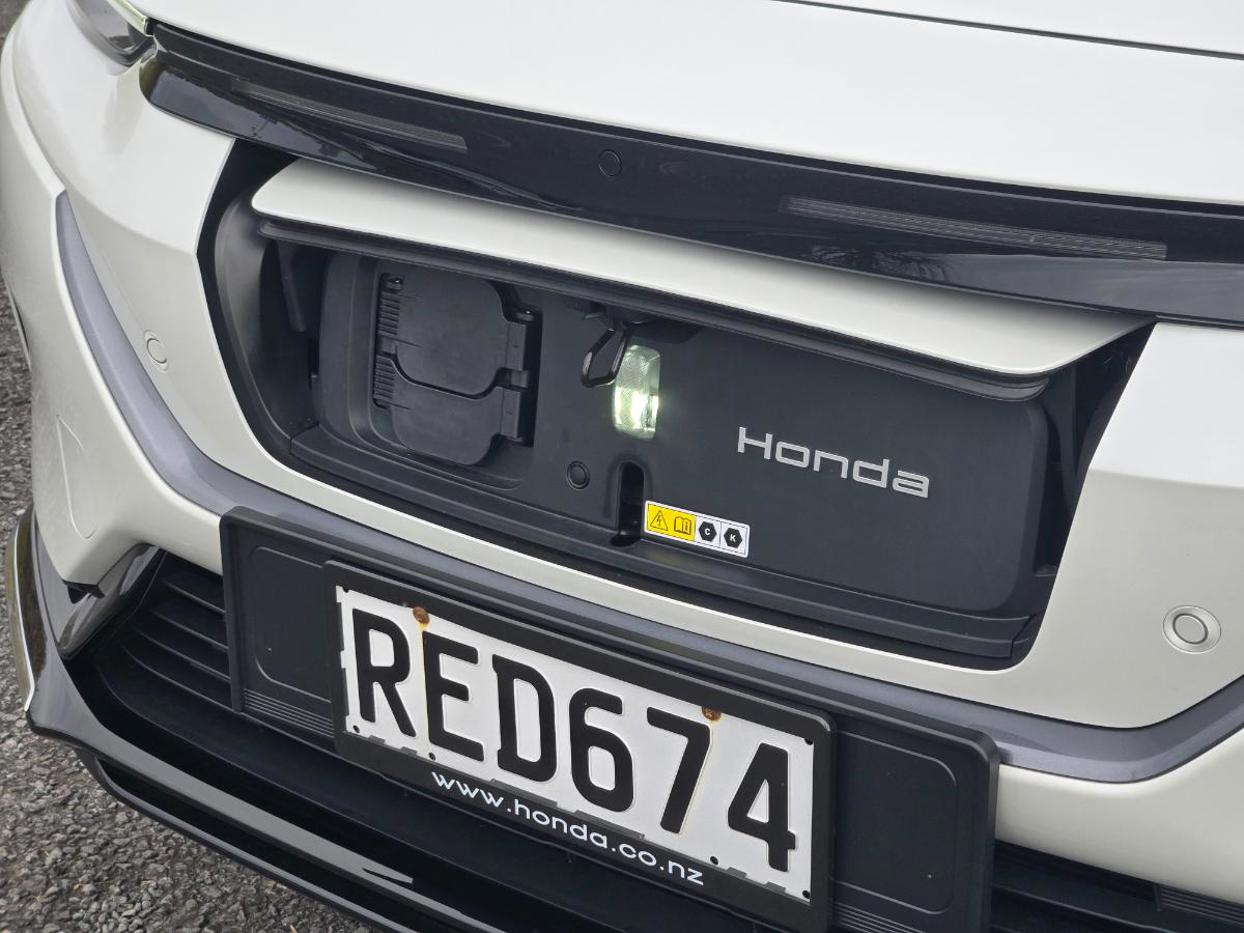
At the rear, there’s a light bar (EVs have to wear a light bar, we know this to be a fact) and the “Honda” script on the tailgate is in a unique font.
Everything’s available all the time on the 3-part portrait screen, no switching between functions/displays to find what you want.
Inside, it’s classic Honda: clear instrumentation and impressive quality, with nice detail touches like a line of blue stitching on the dashboard. But it’s also quite different to the HR-V, with a portrait 15.1-inch screen dominating the dashboard.
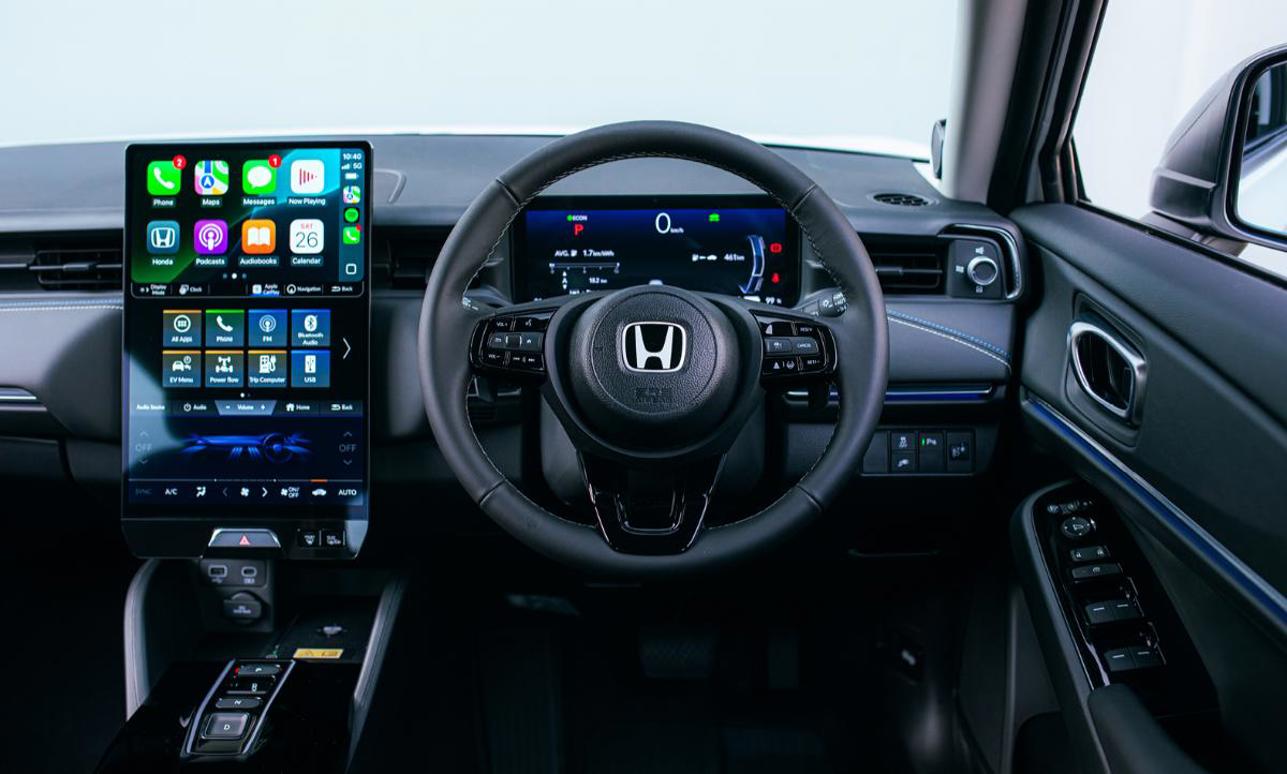
It’s actually three separate screens stacked behind one piece of glass. The top takes care of infotainment or the reversing-camera view when required, and when it’s not in use you get a graphic of Honda’s iconic (now retro?) robot Asimo waving. Or you can upload your own image, if you like.
Overall, the cabin feels quite luxurious, but there are still a few notable omissions for a car like this.
The centre section is essentially what you’d get in any other Honda, with a tile-type menu of trip and audio functions. At the bottom is the climate menu. So everything’s available all the time, no switching between functions/displays to find what you want.
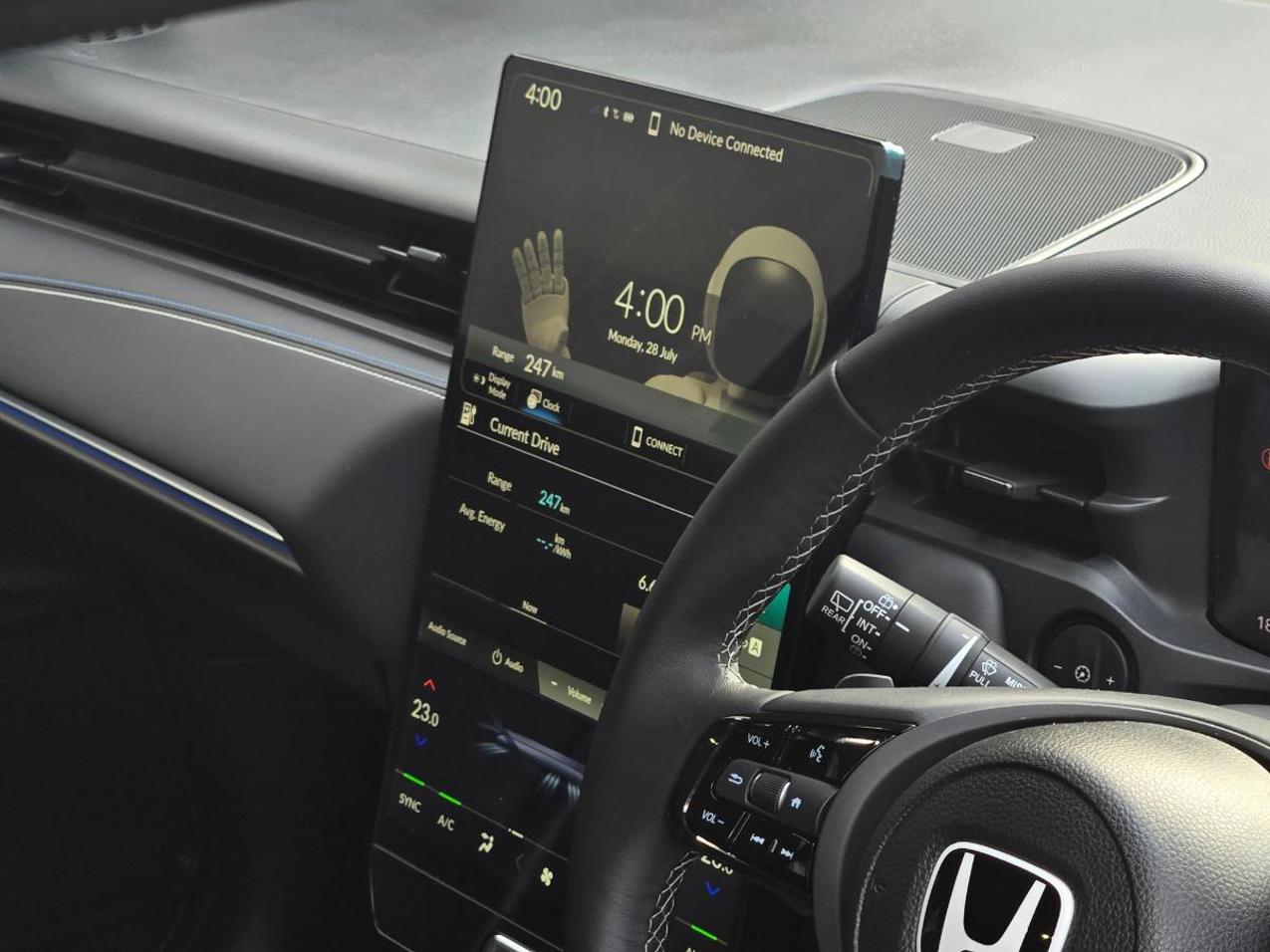
The infotainment is a tiny step back from what’s in the latest Civic hybrid, with wireless phone projection for Apple but a cable required for Android (the Civic is fully wireless). One Android-quirk we experienced with more than one device is worth a mention: the car continually blocked Google setting the navigation-destination, meaning we couldn’t use route guidance unless we set it on the phone first and then plugged in. Presumably a software glitch somewhere... but annoying.
Overall, the cabin feels quite luxurious, but there are a few notable omissions for a car like this. Heated seats are common even in entry-level EVs, because it’s more efficient to heat occupants than the whole cabin; but the e:N1 doesn’t have them, even though the cheaper HR-V does.
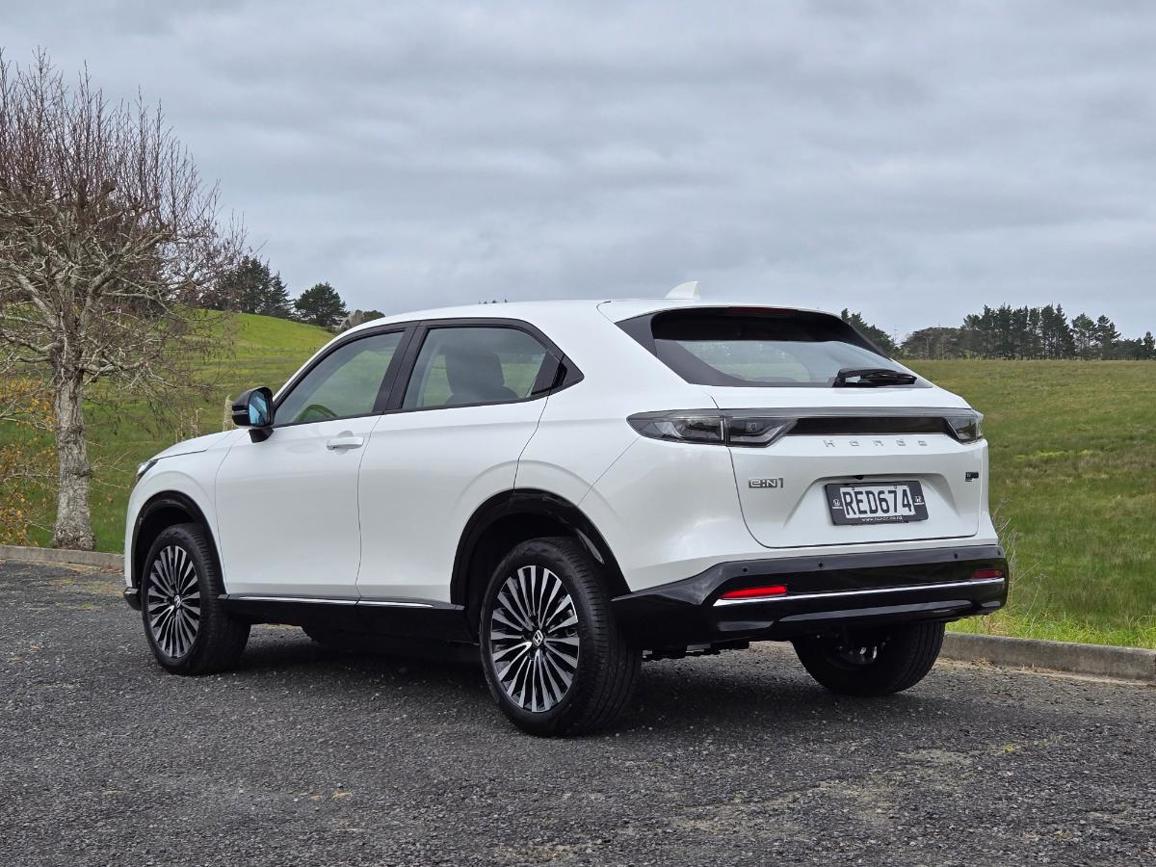
While we’re on the subject of seating, the driver’s chair has 8-way power adjustment and lumbar, but the front-passenger only gets manual controls - and only fore/aft, no height.
It’s a city SUV, so a 360-degree camera would be nice, perhaps even expected these days for a $50k-plus machine - but the e:N1 makes do with a rear camera and sensors all-round. Manual tailgate, too.
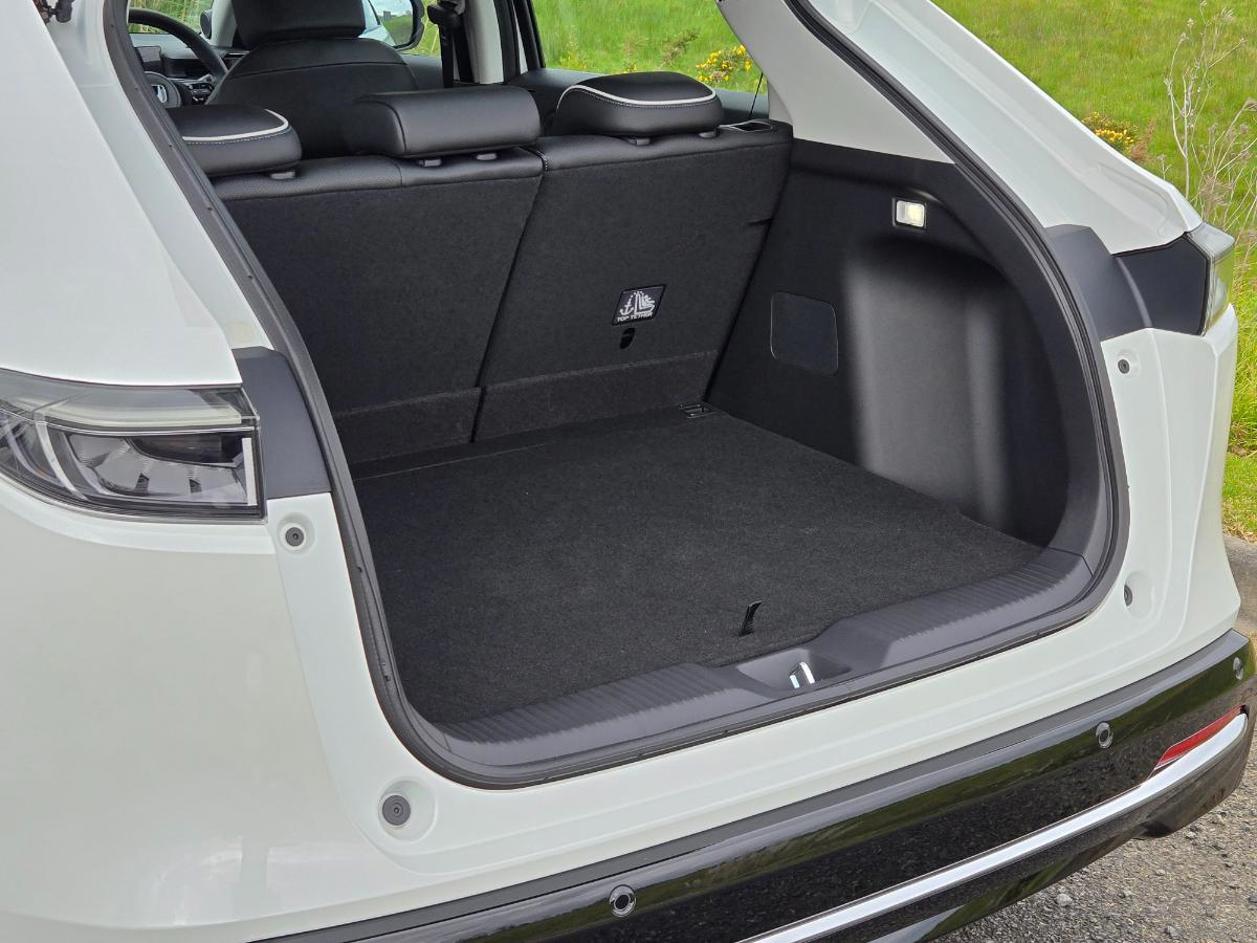
But the boot is well set up, with a double-layer floor. You can have either 348l, with a flat load-through to the folded rear seats and a 13l “boot box” underneath, or a total of 361l (with a couple of small partitions either side).
The e:N1’s 68.8kWh battery seems generous for a car of this size, but range is modest - at least based on our experience. Honda NZ claims “up to 500km… based on optimal conditions”, but the WLTP figure is 412km and in fact we achieved more like 300-350km during our week with the car. Which is fine for a city SUV, but we can’t help but think Honda NZ might be setting buyers up for disappointment by claiming such an unrealistic number. Maximum charge rate is a modest 78kW, but again - this isn’t a long-haul express.
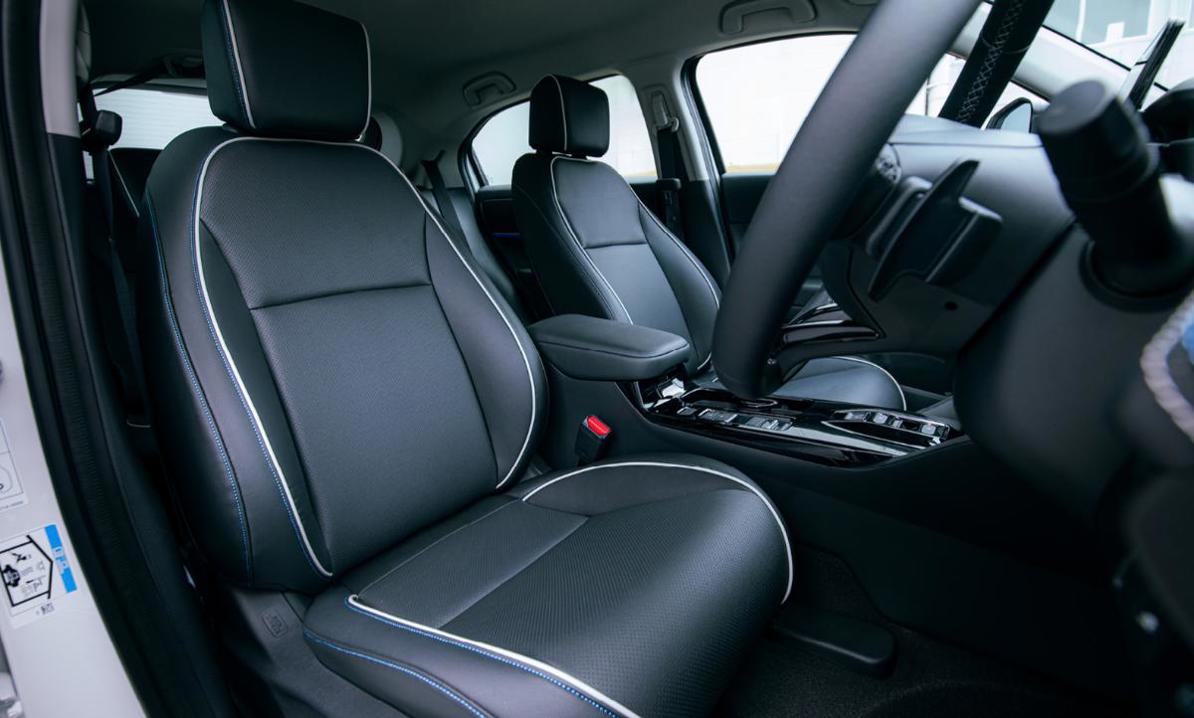
Honda says the e:N1’s powertrain has been calibrated to feel similar to a petrol car and that’s very much the case. Acceleration is linear, with no evidence of torque-induced wheelspin antics in the dry. There’s a Sport mode which we wouldn’t recommend, because it does very little in town driving, but does make the throttle a bit more abrupt in open-road driving, which in turn can induce little losses of traction from the front wheels as you accelerate out of tight corners.
The e:N1 is also quite… vocal for an EV. There’s a noticeable hum from the electric motor in town driving (no, it's not the pedestrian warning), which is also still audible at motorway speeds, even over the in-car audio. It’s not wholly unpleasant, just a bit odd.
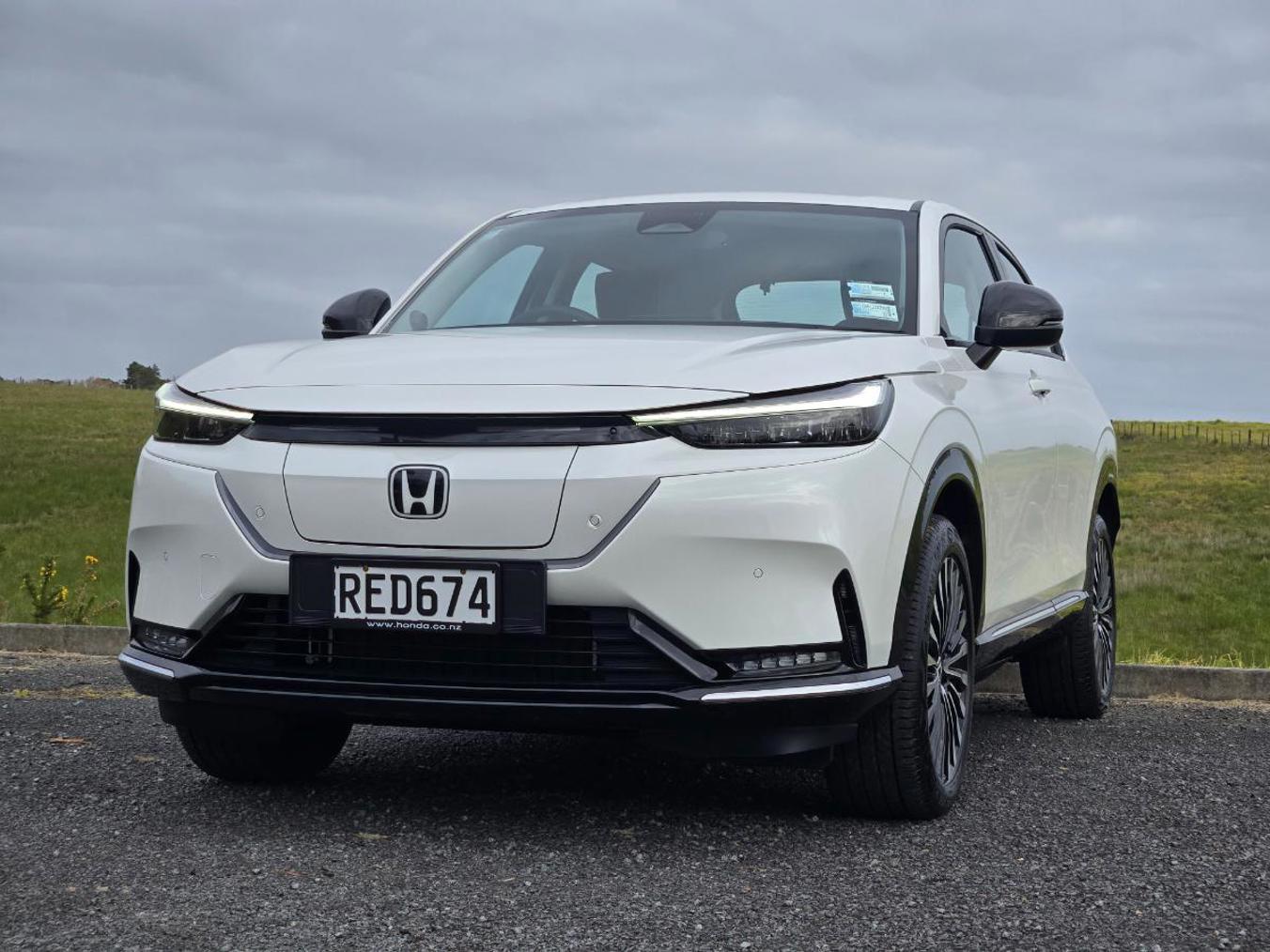
You could accuse the e:N1’s pushbutton gear selector of being a bit EV-weird, but it’s exactly the same as that used on the brand’s other SUVs. It's still a bit weird: you press a big button for Drive, while Reverse is a click-control in a small recess that’s easy to locate with your finger once you know where it is… but might otherwise be a mystery to newbies.
The ride’s a bit ripply over small-frequency bumps (all too common with the extra weight of EVs), but body control is excellent and the little Honda handles corners with aplomb. It’s confident, neat and tidy. Exactly what you’d expect of a Honda SUV.
Despite a few specification omissions, the e:N1 is polished, dead easy to drive/operate and really quite a good all-round package, in its own understated way. Its biggest challenge might be the frugality and quality of existing Honda hybrids, like the cheaper HR-V. But if you want a 100% Honda experience with the addition of pure-electric power, this is an impressive and unthreatening first entry from the Kiwi distributor.
How much is the Honda e:N1?
There's a single model and it's $52,000: that's $6200 more than the similar-size HR-V e:HEV hybrid.
What are the key statistics for the Honda e:N1?
The 68.8kWh battery drives the front wheels through a 150kW/310Nm electric motor.
Is the Honda e:N1 efficient?
We expected more than 300-350km range from a small SUV with a relatively large battery, especialyl considering Honda's claim of 500km. The e:N1 is relatively heavy, at nearly 1.7 tonnes, which must play a part.
Is the Honda e:N1 good to drive?
It's very polished, with petrol-like acceleration and confident handling on the open road. It really does have a Honda-feel.
Is the Honda e:N1 practical?
Cabin space is good for 4 adults and the boot is nicely configured, with a double floor that gives you either 348l with 13l underneather (and a flat load-through), or the whole 361l.
What do we like about the Honda e:N1?
Ease of use and excellent ergomic make this a great car for EV first-timers, the portrait screen is beautifully laid-out (with bonus Asimo picture), there's a real sense of quality throughout.
What don’t we like about the Honda e:N1?
The range is disappointing given the size of battery, there are a couple of key specification omissions (360deg camera, heated seats) and there might be too much EV-hum at speed for some drivers.
What kind of person would the Honda e:N1 suit?
Somebody (realistically, an existing Honda owner) getting into an EV for the first time and wanting a polished and seamless experience.
































